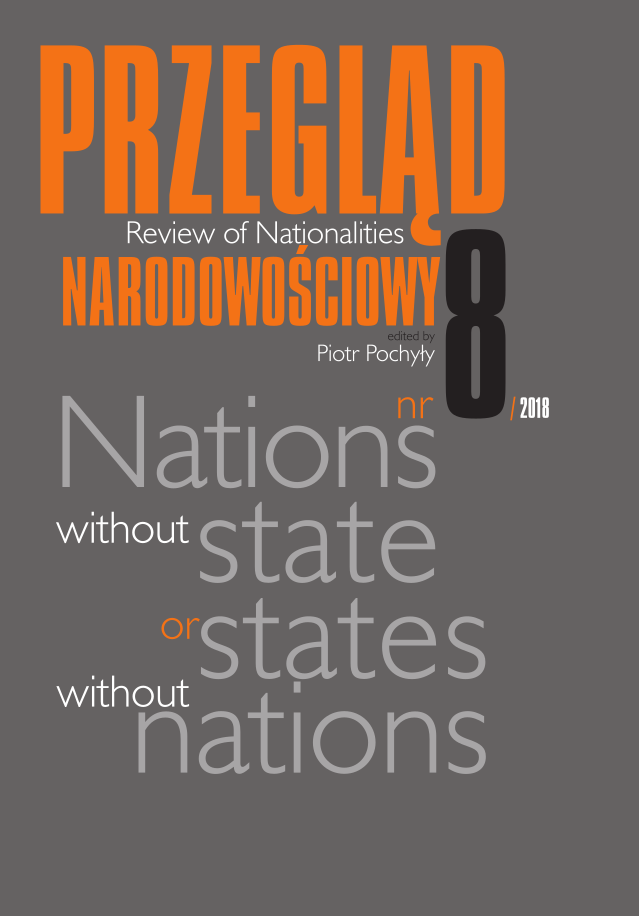Abstract
Switzerland consists of different regions, cultures and languages. The minorities in Switzerland are in the first place ethno-linguistic minorities, whose are unified by a common language. Therefore, since the foundation of the Confederation in 1848 the Helvetic state has been considered a multilingual country. The confederation and cantons are obliged to protect linguistic minorities. The grounds of the Swiss social structure, with traditional multiculturalism and four national languages are two principles: language freedom (Sprachenfreiheit) and territoriality (Territorialitätsprinzip). Switzerland has no official state religion. Predominant religion is Christianity, the largest religious minorities is established by Islam. The largest Christian denominations are Catholic Church (37.7%) and Swiss Reformed Church (25.5%). The influx of new cultural minorities to Switzerland began after the Second World War and was directly connected with economic migration, with the large influx of gastarbeiters from southern European countries and refugees from the third World and from the former Yugoslavia. International law includes the protection of national, yet not cultural minorities. In Switzerland the protection of national minorities is also based on international standards. The necessity for systematic integration policy in Switzerland appeared in the nineties of the twentieth century, after removing the antiimmigration tendencies and hostile attitude towards foreigners. There is a conflict of interest between democracy and state under the rule of law, and between majoritarian democratic politics and liberal principles. The conflict can be controlled; however it can not be resolved. The principle of the Swiss “unity in multiplicity” is best reflected in the multiculturalism and multilingualism of Switzerland, but also a relatively high percentage of the foreigners

